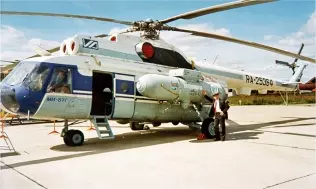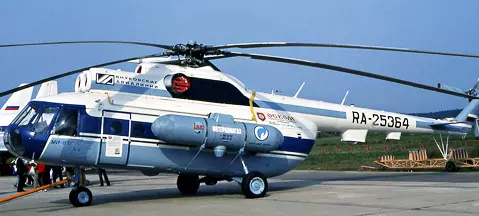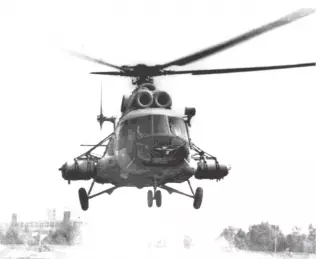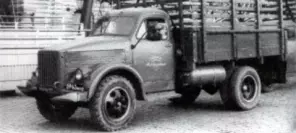- Main page
- Search
- Up to date
- Products
- Technology
- Vehicles
- Video
- Conversion Payback Simulator
Port Injection - Conversion Payback Simulator
Direct Injection - Conversion Payback Simulator
Diesel - Newsletter
Mi-8TG - LPG-powered helicopter
 loading results...
loading results... © Национальный институт нефти и газаThe Mi-8TG in all its LPG-powered glory. Mind the LPG tank and the fuel feed lines
© Национальный институт нефти и газаThe Mi-8TG in all its LPG-powered glory. Mind the LPG tank and the fuel feed linesThe Mi-8 is a multi-task helicopter designed at Mikhail Mil's construction office. The first prototype took to the air in 1961 and 12 thousand examples, including derivatives (approx. 40 versions), have been built since and used in 60 countries around the world.
The helicopter had a number of civilian and military variations, including the Mi-14 – a sea helicopter. But for us the most interesting derivative was the Mi-8TG developmental version, featuring LPG-powered Klimov TV2-117TG engines (the Mi-8 is a dual-motor helicopter). Auxiliary external LPG tanks lowered the aircraft's lifting capacity by 100-150 kg.
The Klimov TV2-117TG helicopter engine is a turboshaft unit (gas turbine) built in 1962. It generates 1700 PS of power and has been produced in quantities exceeding 23 thousand, making it the world's most popular propulsion source for helicopters ever. Examples of the engine have to date accumulated over 100 million flight hours. The TV2-117TG is a multi-fuel variant of the engine, capable of running under low ambient temperatures on LPG, petrol or diesel fuel.
Trials of the LPG-powered Mi-8TG commenced in 1987. On September 1 of that year the helicopter took its first test flight, with only one of the two engines fueled with LPG. The test was very successful and so in mid-1990s, after a number of additional trials, final tests of the pre-production version of the helicopter began.
The Mi-8TG's engines had the capability to run on LPG alone, aviation fuel alone or any mixture of the two. In autumn of 1995 the aircraft was presented during the International Aviation Show in Zhukovsky (40 km south-east of Moscow), gathering considerable interest from industry specialists and the media. The helicopter gathered over 20 awards and accolades in Russia and abroad and the press dubbed it the "gazolot” (gas flyer).
The TG's flight characteristics proved practically as good as will traditionally fueled variants and even superior in low ambient temperature conditions. Despite that, the machine never saw series productions and its tests ended definitely around the year 2000.






